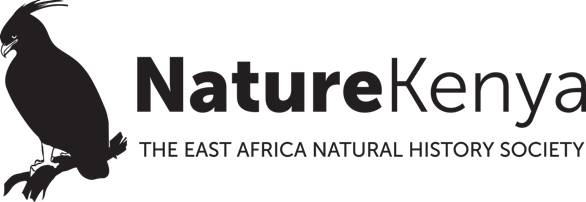By Brian Otiego and David Odhiambo
Often misunderstood and unappreciated, vultures play a crucial role in scavenging and disposing of carcasses and consequently preventing zoonotic disease outbreaks. Despite their importance, many vulture species have recorded population declines. Kenya hosts eight vulture species: White-backed, White-headed, Rüppell’s, Lappet-faced, Hooded, Egyptian, Bearded (Lammergeier) and Palm-nut vultures. Four species (White-backed, White-headed, Rüppell’s and Hooded vultures) face extinction.
On September 2, the world marked the International Vulture Awareness Day (IVAD), a day dedicated to creating vulture conservation awareness. In Kenya, Nature Kenya, in conjunction with Maasai Mara Wildlife Ambassadors – the site support group (SSG) for Maasai Mara Key Biodiversity Area (KBA) – held a public event at Ereyiet-Oltome village to mark IVAD. The event aimed to sensitize communities on the importance of vultures in the Mara ecosystem and highlight the dangers posed by wildlife poisoning. About 130 participants attended the event, including community members, representatives from the Mara Predators Conservation Programme, Olkinyei Conservancy, the local administration and two local radio stations – Mayian and Sidai FM.
Human-wildlife conflict is of great concern in the Maasai Mara ecosystem. Wildlife poisoning, triggered by human-wildlife conflict, is the leading cause of vulture deaths in Kenya. When livestock is preyed on by predators such as lions or hyenas, herders often resort to lacing carcasses with poison in retaliation, aiming to kill the rogue predators. Vultures often fall victim to these wildlife poisoning incidents since they feed on carcasses in large numbers.
Through support and capacity building, Nature Kenya has been empowering local communities in the Maasai Maraecosystem to advocate against wildlife poisoning for the protection of vultures. Maasai Mara Wildlife Ambassadors have been at the forefront of this. The SSG is restructuring to enhance its ability to deliver local conservation actions and extend its reach across the vast Mara landscape. The community group, through its vulture volunteers, monitors, responds to and reports wildlife poisoning incidents. It also carries out public awareness and environmental education. To broaden its vulture conservation reach, the SSG is also engaging the local administration and two local radio stations.
Vulture Liaison Officers (VLOs) from Nature Kenya and the vulture volunteers have so far managed to reach out to 94,732 people through community gatherings, village meetings, chief’s barazas, and market outreaches.
To further enhance vulture conservation efforts, Nature Kenya, The Peregrine Fund, Kenya Wildlife Service, Wildlife Research Training Institute, National Museums of Kenya, Kenya Birds of Prey Trust and the Raptor Rehabilitation Centre are developing a National Vulture Multi-species Action Plan. The action plan seeks to mainstream vulture conservation into existing wildlife-related legislation, including the Wildlife Conservation and Management Act 2013, to improve the legal protection of vultures in Kenya, among other objectives.
